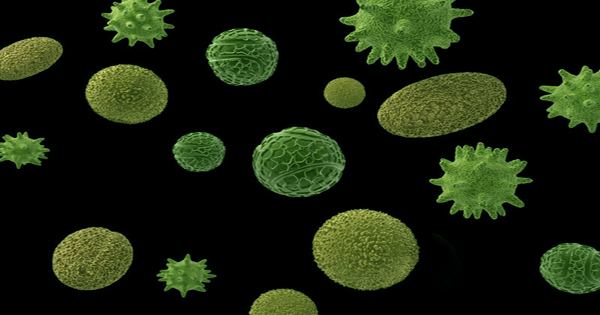This is a new era of “clean meat” science, also called “cell-based”, lab-developed, or “cultured” meat. Instead of feeding, breeding, and killing animals in the literal sense, it is a way to grow cells in meat. It does not need to be confused with
plant-based meats that source plant products try to reconstruct meat or genetically modified foods that have modified their DNA. “None of us like the (cell-based) title”, said Ari Elfenbin, a cardiologist and one of the founders of Wild Type. Every animal is a collection of cells, so the difference is somewhat irrational.
The term is not trivialized, but many believe that we need to rethink our diet, whether it’s the way we farm, use alternatives, or have a novel at all. By 2050, the world population will exceed 9 billion. According to the Food and Agriculture Organization of the United Nations (FAO), annual meat production will increase
by 470 million tons. In 2013, fish accounted for about 17 percent of the world’s animal protein intake. Several companies are working to make live meat or seafood, including shea meat
(shrimp) and Avant meat (fish mother, or big fish swimming bladder). There are many benefits to doing this, as well as potential problems.

The growth of cells outside the body of an animal
Clean meat: The goal behind cell-based seafood is to create the cleanest, most sustainable fish on the planet. Cleaning here means mercury, sea lice, no microplastics, no antibiotics – these are all found in varying degrees of farmed and wild poultry.” As such, it’s sustainable because we don’t have to take any fish out of the ocean to create what we’re doing,” said Calback, a former diplomat in food-insecure areas. “People know that the healthiest fish on the planet is contaminated.” At the present stage, it is unlikely to be a cultured meat problem. According to the FAO, illegal fishing also contributes about 15 percent of the world’s total annual fishery output.
A 2018 report by the Food and Agriculture Organization of the United Nations found that one-third of all fish stocks were declining faster than replenishment. It goes without saying that lab-based seafood has its own sustainable competition, especially in terms of energy consumption and scaling significantly for growing populations. However, our current diet is taking the form of habitat destruction, depletion of resources, unprotected species, etc. on the planet. The growing interest in cellular agriculture as a means of producing meat, milk, eggs, and other animal proteins from cell cultures and the rapid intensification of aquaculture systems are justified when investigating seafood without marine animals”.















